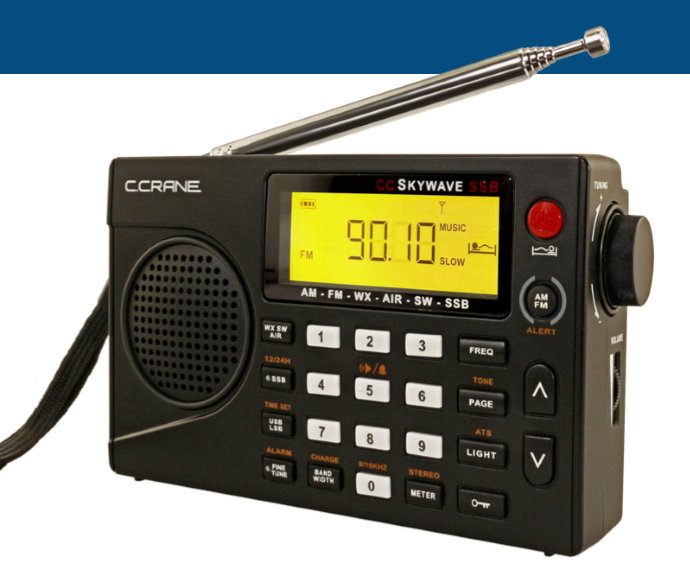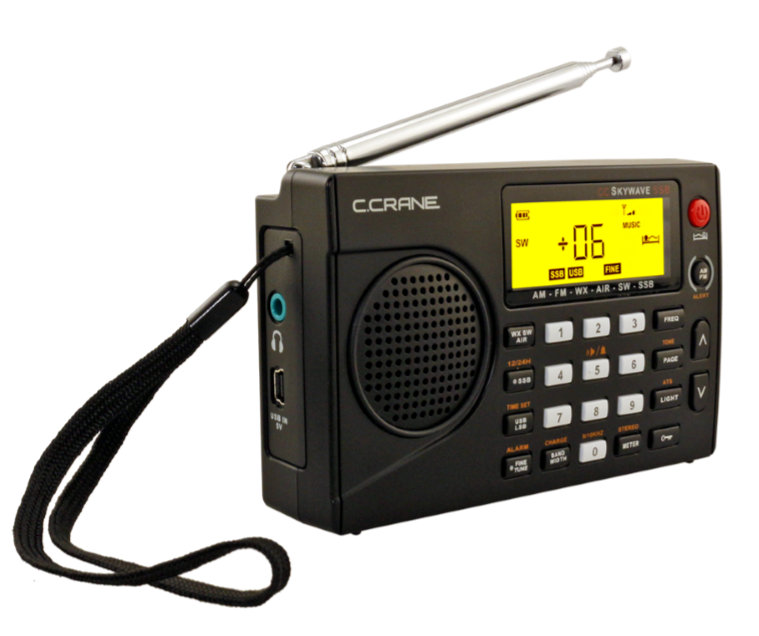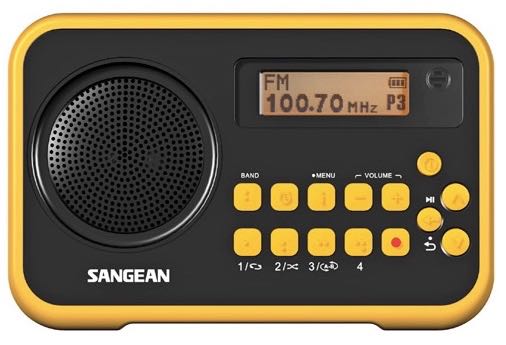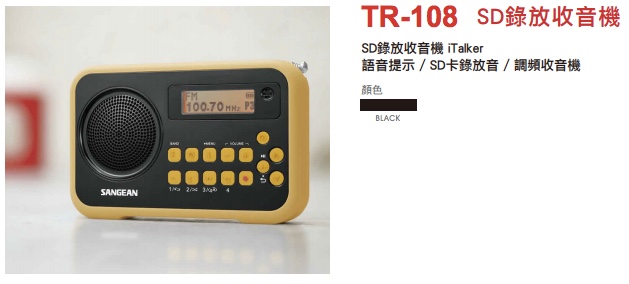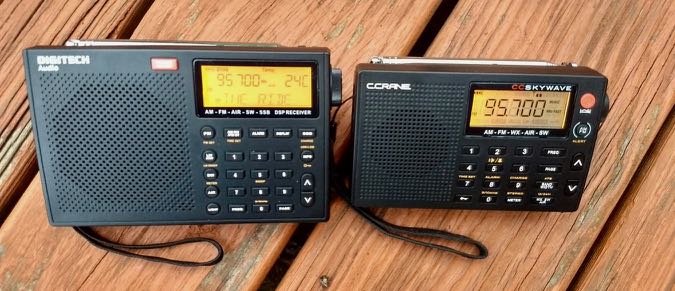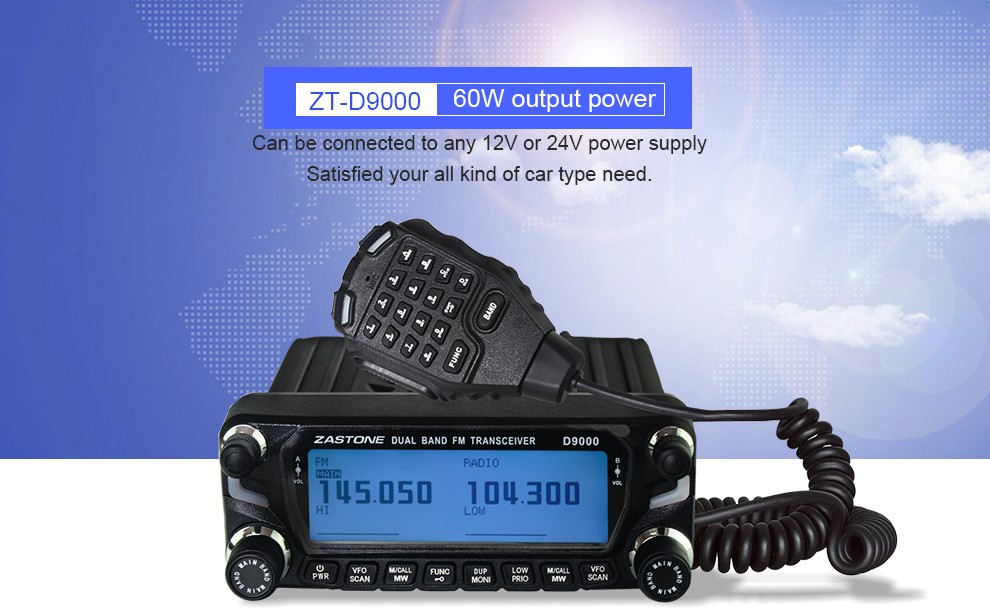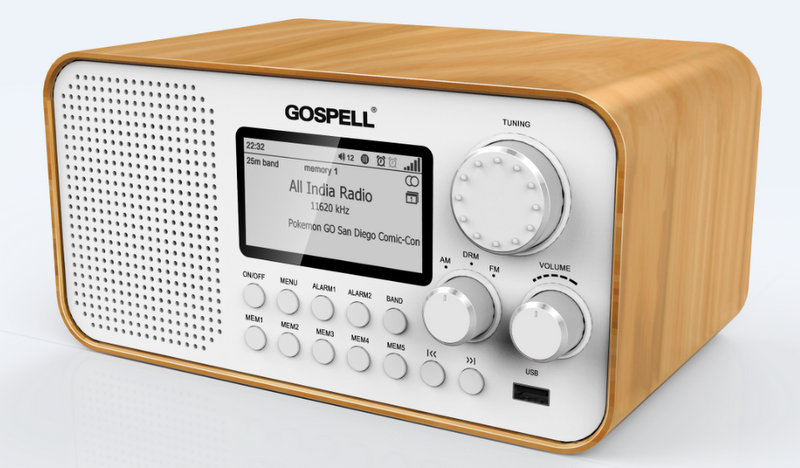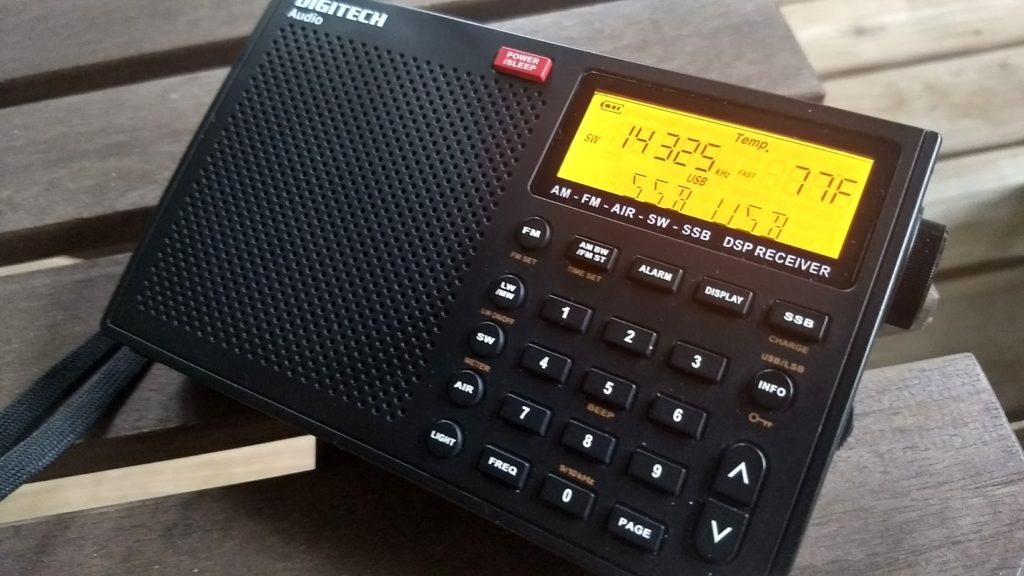Many thanks to SWLing Post contributor, Dave Zantow (N9EWO), who writes
Have a few IC-R8600 “first observations” posted on the test sample we now have here.
It looks much better in person than in the photos (very nice).
It is also a bit smaller than the IC-7300.
Thanks, Dave!
I’ll follow Dave’s updates for sure as he’s a thorough and top-notch reviewer.
To give you an idea of what Dave’s evaluated so far, check out some of his initial impressions:
A few “first” IC-R8600 observations (latest 1.10 firmware) :
- General size is slightly smaller than the IC-7300 SDR HF Transceiver.
- With the IC-R8600 having a near 2 AMP current draw, does make for very warm operation after a few hours on (that is over double current requirement of what the IC-7300 uses in receive.) It does NOT make use of any cooling fans…whew good news here ! The receiver requires an external power supply, and I REQUIRE my regulated linear power supplies NOT to run HOT with any continuous operation (I would never use a noisy switching supply with it , but that’s my choice). I say the minimum size to use is the Astron RS-12A. While this may seem overkill, we tried a smaller RS-7A and after being on for 2 hours it’s lone pass transistor was too hot to touch which is totally unacceptable to N9EWO’s standards. The RS-12A has 2 pass transistors and a larger heatsink (and thankfully still no fan to create room noise). We have NOT tested a RS-12A with the IC-R8600 to verify this, but should be the one to try (I say don’t go with a lower current model) ???
- S-AM modes (AM Synchronous Detector) sadly works the same as in the IC-R9500. In other words, it does NOT help with AM mode fading distortion (adjacent interference help only). So another Icom receiver with very poor “Sync” performance. We can HOPE for improvement on this with later firmware update, but I would not hold my breath ?? Yeah, one can use manual ECSS (zero beat in SSB modes) which does excellent, but SSB modes have limited top bandwidth of 3.6 KHz as all Icom’s do.
- It’s top mounted Internal speaker is surprisingly good for it’s size. Tone control has much larger “Bass” range over the IC-7300 (excellent). Super clean audio as with the IC-7300. Connected to a classic Realistic “Minimius 77” 2 way speaker sounds stunning.
- Tuning knob is of a “clicky” type (detents) out of the box. Good news , there is to way select a “smooth” feeling knob by moving the 3 position slider adjustment on the bottom of the knob (it’s not so easy to do however). So it goes from left to right : smooth loose – smooth tight – clicky. It has some rotational play in the “clicky” mode (but so does the IC-R9500’s knob in “clicky ” mode), but overall it feels good and this knob scheme was well done.
- FMBC reception has a strange ACG pumping trait. Of course on the FMW mode the AGC and decay rate are not adjustable.
- Uses no (or fewer) relays with it’s front end filters at least on SW. The “click and clack” when tuning around with the IC-7300 in the SWBC bands does not exist with the IC-R8600 (uses didoes ??). When we can locate a schematic will tell the whole story here (NOTE : No schematics are included with the set).
I’m really curious to see how the IC-R8600 stacks up to the IC-7300 on the HF bands. Looking forward to your updates, Dave!





